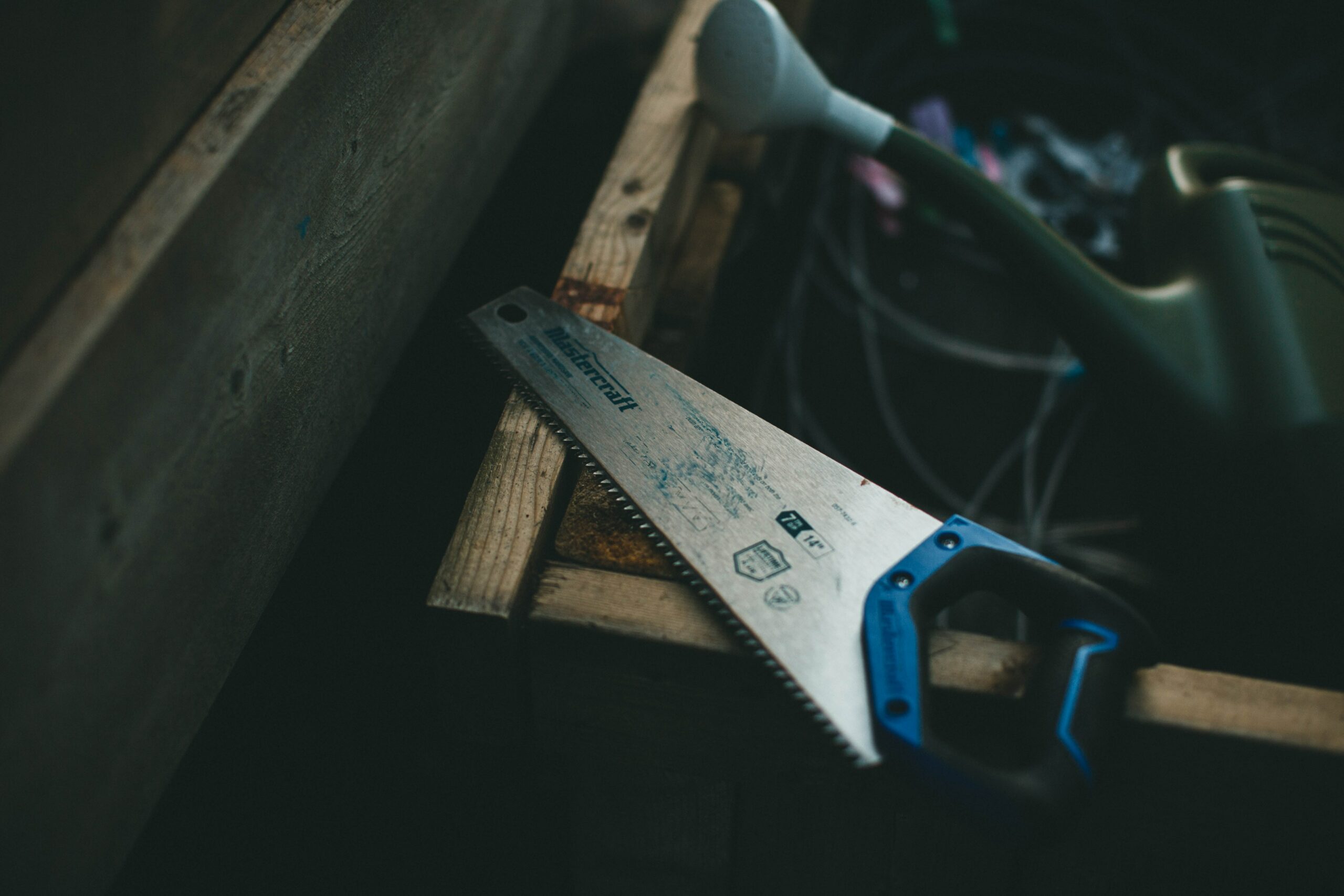Using a handsaw is a fundamental skill for woodworking, DIY projects, and more. Whether you’re cutting wood for a home renovation or crafting a handmade piece, knowing how to use a handsaw properly is essential. In this comprehensive guide, we will explore various techniques and tips to help you use a handsaw effectively for safe and precise cutting tasks.
Before we dive into the specifics of handsaw usage, let’s make sure you have the necessary tools and equipment:
- Handsaw (with appropriate teeth per inch for your task)
- Workpiece (the material you’ll be cutting)
- Measuring tape
- Pencil or marking tool
- Workbench or sawhorse (optional but recommended for stability)
- Safety goggles
- Ear protection (for noisy cutting tasks)
Now, let’s proceed with the step-by-step guide on how to use a handsaw effectively:
1. Mark Your Cut
Begin by marking the precise location where you intend to make your cut on the workpiece. Use a measuring tape and a pencil or marking tool for accuracy. Double-check your measurements to avoid mistakes.
2. Choose the Right Handsaw
Select a handsaw with the appropriate teeth per inch (TPI) for your task. For finer cuts, choose a saw with higher TPI, while coarser cuts may require a saw with lower TPI. The saw’s teeth should face forward (away from the handle).
Passive voice can be used effectively in this step: “The right handsaw should be chosen based on the specific task being performed.”
3. Secure the Workpiece
If possible, secure the workpiece firmly on a workbench or sawhorse to prevent it from moving during the cutting process. This stability is crucial for safe and accurate cuts.
Transition words like “Additionally,” “Moreover,” and “Furthermore” can be used to enhance the flow of the instructions.
4. Hold the Handsaw Properly
Hold the handsaw’s handle with one hand and the front of the blade with your other hand. Your grip should be firm but not too tight, allowing for better control and reduced strain on your wrist.
Passive voice can be integrated: “The handsaw’s handle should be held with one hand, while the front of the blade should be grasped with the other hand.”
5. Start the Cut
Position the saw blade on the marked cutline, ensuring that the saw’s teeth are just touching the workpiece. Begin the cut by making several light, controlled strokes to create a shallow groove.
6. Establish the Kerf
Continue making light strokes until you’ve created a shallow groove or kerf along the cutline. This kerf will guide the saw and prevent it from wandering off course.
Transition words like “Additionally,” “Furthermore,” and “Consequently” can be used to improve the article’s flow.
7. Increase Your Cutting Pace
Once the kerf is established, you can increase your cutting pace while maintaining control. Use long, steady strokes to cut through the workpiece.
8. Stay on Your Cutline
Always aim to keep the saw blade aligned with your marked cutline. Pay close attention to your progress to avoid veering off course.
9. Finish the Cut
As you approach the end of your cut, slow down to prevent splintering or tearing out on the exit side of the workpiece. Make sure your final strokes are even and controlled.
10. Safety First
Remember to wear safety goggles to protect your eyes from flying debris and, if needed, wear ear protection for noisy cutting tasks. Always exercise caution and prioritize safety when using a handsaw.
In conclusion, mastering the use of a handsaw is a valuable skill for woodworking and DIY enthusiasts. By following these steps and adhering to safety guidelines, you can make precise cuts with confidence. Whether you’re building furniture or tackling home improvement projects, a well-executed handsaw cut is a fundamental aspect of craftsmanship.
So, whether you’re a seasoned woodworker or just starting with DIY projects, understanding how to use a handsaw effectively is a skill that opens the door to countless creative possibilities.
Photo by Jonathan Cooper on Unsplash
